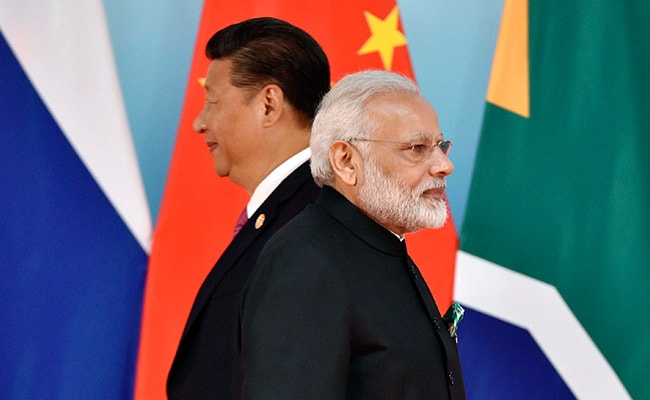
The border clashes in Galwan in 2020 killed soldiers for the first time in several decades and seriously influenced India-China bilateral relations. India reported that when the borders faced aggression, normal relations were not possible, while China looked at it from the context of overall bilateral relations. The deadlock continued for four years until a understanding was done to disintegrate the forces. Prime Minister Narendra Modi and President Xi Jinping met the margins of the BRICS summit in Kazan, indicating a return to the path of coordination.
The challenge for India and China, the two ancient civilizations seeking economic and strategic adjustment in modern times, was how to prepare a relationship that reduce the possibility of conflict, take advantage of the opportunities of cooperation and manage competition which is natural for growing powers.
The Indo-China border has been relatively peaceful since the end of the war in 1962. Both countries gave priority for economic development. To avoid the border on the border, India and China signed bilateral agreements on peace and peace, confidence-making measures and maintenance of guiding principles to address the outstanding border questions.
It is noteworthy that even during the recent clashes, in which the “gray zone” struggle was seen, nor the side allowed the situation to move forward in a fully developed war. Both were committed to negotiating and understood that the opposing side cannot be contained. Political will and belief will be necessary to maintain peace in the Himalayas.
An asian century
As modern countries, both geo -economic and geo -political changes have increased as powers in the heart. Today, China is the second largest economy, while India will soon be the third largest, besides the two most populous countries. The future offers an opportunity to shape an emerging Asian century and change global rule that is representative and inclusive.
Since 1990, bilateral trade has increased from only $ 50 million to more than $ 100 billion. Import of cheap Chinese goods has fed the price chain and infrastructure projects in India, but has also weakened the domestic industry, while India’s exports, mainly raw materials, are dull, which is leading to a business imbalance. Bilateral investment has not increased in a similar way.
The report of the Indo-China Joint Study Group highlighted the benefits of cooperation, but also indicated the complementary nature of two economies. This has disrupted participation in bilateral or regional free trade agreements. The latter Galwan export restrictions and the investment war by China, the investigation of Chinese investments by India and the travel restrictions imposed by both sides confirmed that economic relations were affected by a trust deficit.
What does India bring to the table
Nevertheless, the synergy of economic cooperation has become stronger. China remains a global manufacturing center with skills in technology and finance, despite the economic recession and being derived by developed countries. Meanwhile, India’s fierce economy has become more attractive to foreign investment, technology and flexible supply chains. China needs India markets, such as India needs to diversify economic connectivity.
China’s Belt and Road Initiative has helped in infrastructure projects in developing countries, but many recipients areware of unacceptable projects and unstable debt burden. In contrast, India’s minor development aid, focused on capacity building, has earned goodwill and stands as a pure safety provider and a voice of the global South.
China’s vocal diplomacy and regional claims have raised concerns among their neighbors. Some of those neighbors have seen India and Indo-Pacific as a balance force because they seek diplomatic location for an independent, transparent and rule-based order.
Can both be in co-existence?
There are different priorities on the global rule of India and China. At the United Nations, where China is a permanent member of the Security Council and India wants a proper role, competition for strategic space. China plays a major role on the economic agenda but prefers status quo on political and strategic issues. This is contrary to efforts to improve India’s multilateral system and bring global South into the high table of global rule. In strategic engagement, deviations may expand as both grow in height. India’s purpose for forming a partnership in a multipolar world with the discovery of China for global leadership.
After a great increase in the major power conditions, China has used vocal diplomacy to fill a power vacuum and test its hard power capabilities. On the other hand, the rise of India established on democratic traditions and economic development offers an alternative model of inclusive global rule. In the twenty -first century, the Indian story of “Two Tigers Find Space in the Forest” provides a cooperative and harmonious model for both Asia and the global community, and especially for India and China because they try to balance between cooperation and competition.
(Sanjay Bhattacharya is a former Indian diplomat. He is currently an independent advisor, a professor of diplomatic practice at Jindal Global University, and an contributor writer for Canadian Think-Tank, International Governance Innovation Center).
Disclaimer: These are the personal opinions of the author







